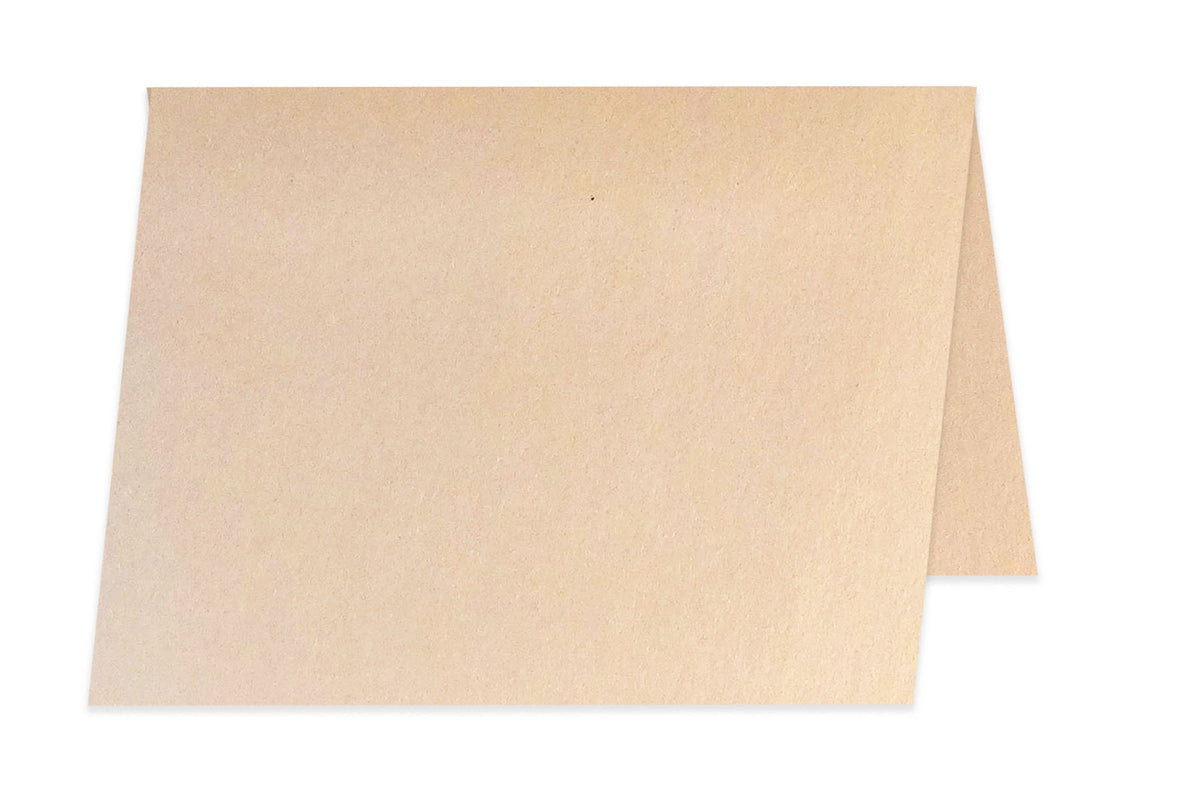

This is what some people call a “combined” or “content” index card. I use larger (5″ x 8″) index cards for those cases. that are all associated with the main article, book chapter or book discussed in the index card. XTUHzmQdpJĪs its name indicates, the Content Index Card is a combination type of index card that includes direct quotations, draft notes and ideas, conceptual diagrams, etc. As you can see, this index card shows my notes of this article rather than direct quotations. I also write index cards of journal articles, particularly when I feel that they’re particularly powerful or relevant to my research. This type of index card is a summary of a particular journal article, or book chapter, more than of an entire book. Note this paper by on nonhuman agency /IFbCMpNB28 If a book has 9 chapters I write one for each chapter (more of chapter is very dense). I use 1 index card per article, and per book chapter. Some people recommend writing JUST ONE IDEA/quotation per index card. Dr Raul Pacheco-Vega November 28, 2018Īs I said on Twitter, this is very rare for me to do, and I usually combine my own types. Some people use the 3"x5" index cards to write one major idea (theme) and a couple of sentences about it, like I do: /kDiDFgBjDZ I also use them to remind me of key authors who discuss particular themes and topics. when you’re leading a seminar, using each card as a theme for the seminar). I find that these are useful for when you’re studying for an exam, testing your ability to recall, or when you’re giving a talk without reading a set of Power Point slides (e.g. It is VERY rare that I use an index card purely for bibliographic data as I use Mendeley, but it’s still worth discussing.
5x8 notecard full#
This is an example of “bibliographic index card” – it’s basically the full citation plus keywords. Then I would write a small paragraph on the back summarizing the entire book, or at least, the main idea behind it. It’s rare that I do this one anymore because I have been using Mendeley and EndNote as reference managers for more than 15 years, but this was my study method and strategy to conduct research before: I would write the full bibliographic reference in a 3″x5″ index card. Dr Raul Pacheco-Vega November 27, 2018Ģ. I usually write important quotations but other times I summarize chapters or the entire book. I am more used to writing index cards of books than of articles. This card is the analog equivalent of my Synthetic Note method. I use index cards to write direct quotations (with page number and full bibliographic reference) from articles, books and book chapters I find useful. Here are some resources on taking notes in index cards that I found useful as I was trying to make sense of my own system. I produce at least 5 different types of index cards, which are more or less the same categories other folks have all agreed upon. Make sure to note page number /6MyK9MWtyU And the reverse, you can digitally store these in Evernote. What I call synthetic notes (summaries of articles, books) can be done in traditional index cards. People have asked me if you could digitize (or make analogous) all my processes. Mine isn’t all that sophisticated, and since I combine my very analog Everything Notebook and notes in index cards with digital synthetic notes, memorandums, Conceptual Synthesis Excel Dumps, and Evernote, I don’t know that my system would be extraordinarily systematic.

Hawk Sugano has shared his Pile of Index Cards (PoIC) method as well. Other authors have referred to the process Niklas Luhman followed ( Zettelkasten ).

The very first method I use is the Index Cards Method. In this series, I will share my processes to take notes using different methods. I graduated with my PhD years ago and I’ve been a professor for a pretty long time, so I thought that maybe I needed to settle down and clarify my ideas of the process I follow to take notes. In a previous blog post, I had shared how I take notes, but I am not 100% certain that undergraduate students would actually find my blog post very useful, since it’s been a very long while since I last took a class. Yes, small (3″x5″), medium (4″圆″), and large (5″x8″) cardboard, ruled index cards. Therefore, I am sure that it will come as a surprise to absolutely nobody in the entire world that I still write bibliographic references, quotations and thoughts on index cards. I carry index cards, highlighters, fineliners, pens and my Everything Notebook everywhere I go. I keep just one notebook, my Everything Notebook. I like highlighting, scribbling (by hand, on paper). I’m an old school kind of guy, and I think everyone who follows me on Twitter and reads my blog (and knows me as a person) knows this.


 0 kommentar(er)
0 kommentar(er)
